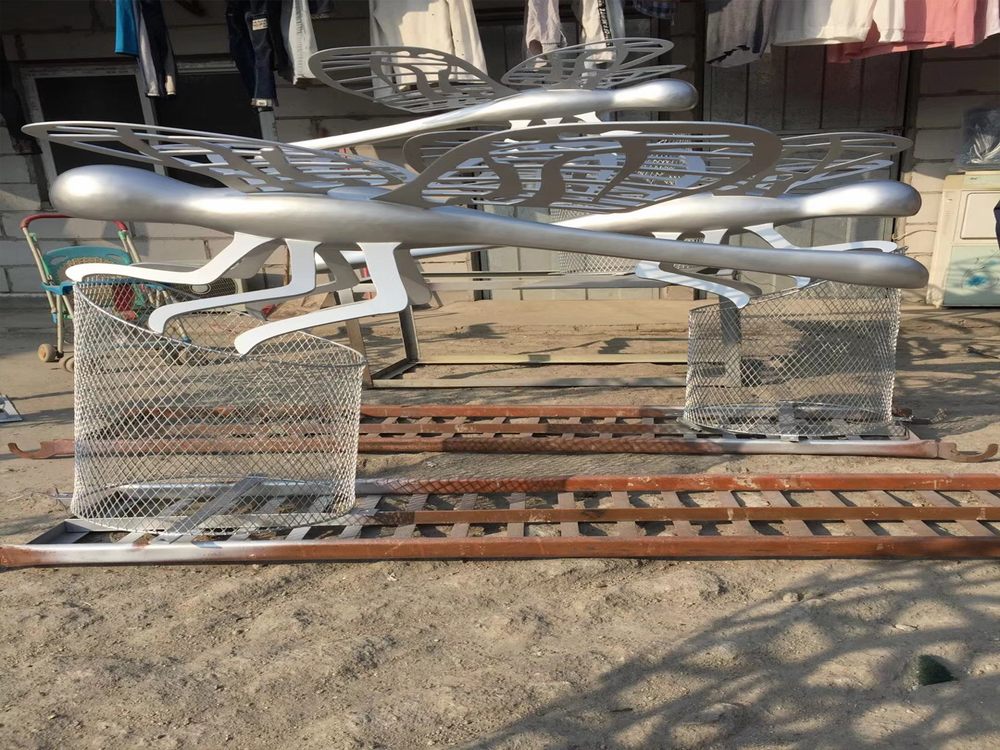
Creating a sense of movement in dense stone materials is a remarkable feat achieved by skilled sculptors through a combination of technique, vision, and meticulous execution. Artists employ several methods to bring static stone to life. One key approach is the use of dynamic poses—twisting torsos, flowing drapery, or limbs caught mid-action—to suggest motion frozen in time. The strategic carving of lines and grooves can mimic the direction of movement, guiding the viewer's eye along imagined paths.
Texture contrast plays a vital role; smooth, polished surfaces against rough-hewn areas create visual tension that implies energy and motion. Negative space is another powerful tool, where carefully removed sections of stone create an illusion of lightness and movement. Some sculptors even exploit the natural grain or fractures in the stone to enhance the sense of directionality.
Master artists like Michelangelo famously used the "non-finito" technique, leaving parts unfinished to suggest emerging forms and implied motion. Modern sculptors may incorporate asymmetrical balance or kinetic elements that play with light and shadow to amplify the perception of movement. Through these sophisticated techniques, stone—the most permanent and static of materials—becomes a medium of breathtaking dynamism and life.

